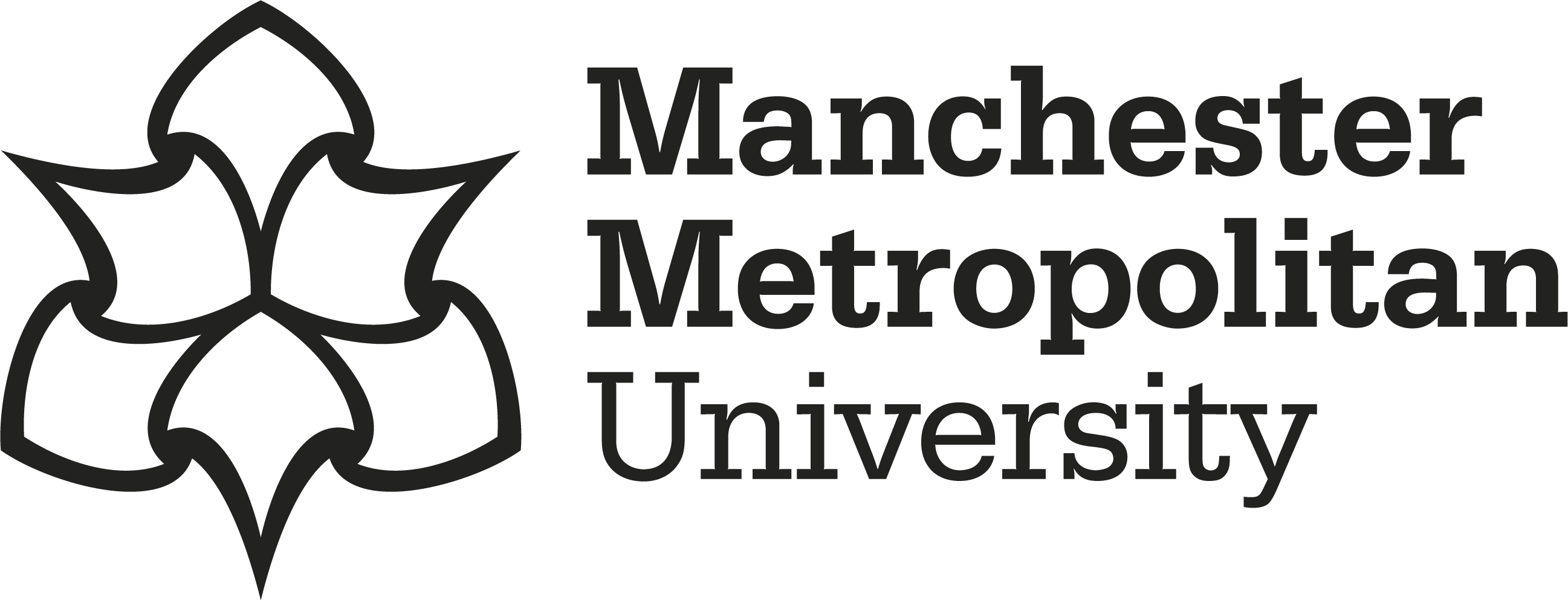Ashtree, JM, Borilović, I, Vignesh, KR, Swain, A, Hamilton, SH, Whyatt, YL, Benjamin, SL, Phonsri, W, Forsyth, CM, Wernsdorfer, W, Soncini, A 



|
Published Version
File not available for download. Available under License In Copyright. Download (1MB) |
Abstract
We present the syntheses, structures, magnetic data and theoretical analyses for two families of heptanuclear clusters, wherein two staggered dysprosium(III) triangles are linked by various M(III) d-/p-block ions. The families differ in the counter-anion and are of formulae [DyIII6MIII(OH)8(o-tol)12(MeOH)5(NO3)] ⋅ 4MeOH and [DyIII6MIII(OH)8(o-tol)12(MeOH)6]Cl ⋅ 6MeOH (M=Cr, Mn, Fe, Co, Al; o-tol=o-toluate). We find that variation of the central metal ion M is crucial in tuning the toroidal moments on the triangular units, with diamagnetic M linking ions enhancing the ferrotoroidic coupling. By detailed simulation and analysis of various magnetic measurements, including sub-kelvin microSquid hysteresis loops, we identified the specific signature of the M linking ions’ modulation of toroidal properties, including the mechanism whereby anisotropic, paramagnetic M ions lead to hysteresis profiles with larger remnant magnetisations and broader coercive fields.
Impact and Reach
Statistics
Additional statistics for this dataset are available via IRStats2.


